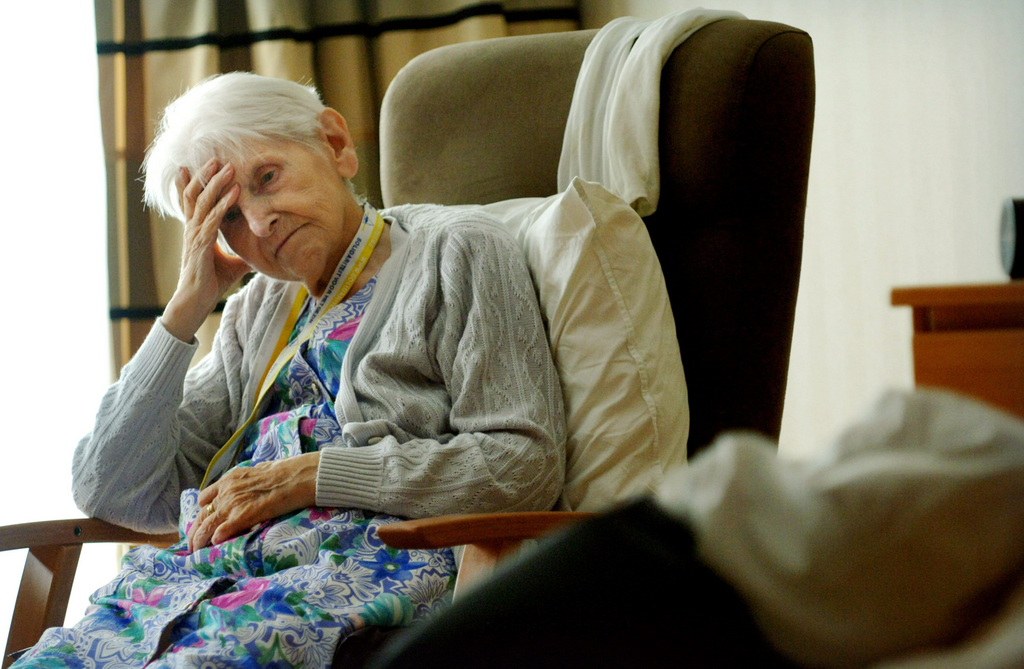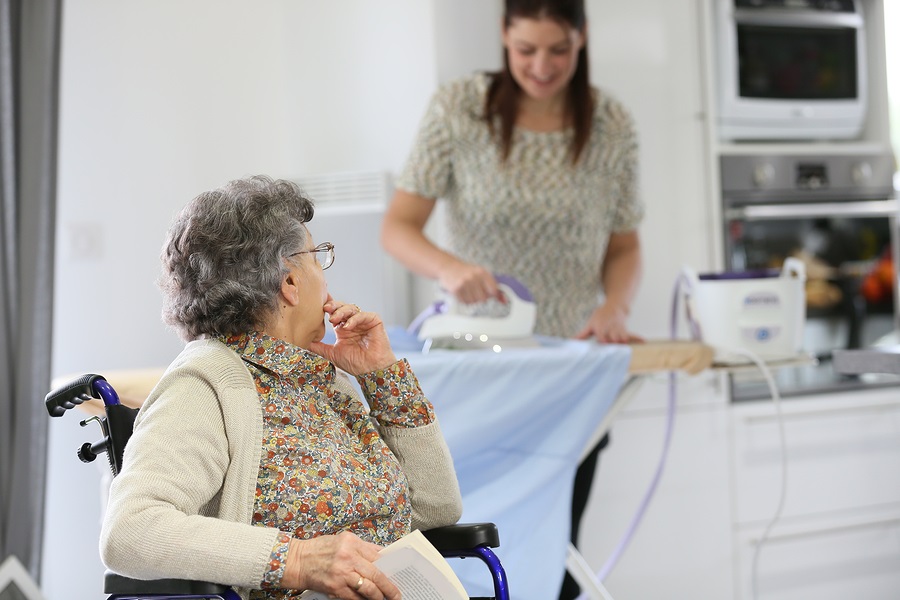In today’s world, technology plays a crucial role in enhancing the quality of life, especially for the elderly. One of the significant advancements is the development of fall detection systems. These systems are designed to alert caregivers or medical personnel when a fall is detected. However, a common issue with these systems is false alarms. Understanding false alarms in fall detection systems is vital for improving their efficiency and reliability.

What are Fall Detection Systems?
Fall detection systems are devices or applications that identify when a person has fallen and, in many cases, automatically notify caregivers or emergency services. These systems use various technologies such as accelerometers, gyroscopes, and pressure sensors to detect falls. They are especially useful for elderly individuals living alone or in assisted living facilities.
How Do Fall Detection Systems Work?
Most fall detection systems work by analyzing changes in motion and orientation. When a fall is detected, the system triggers an alert. Some systems use wearable devices like smartwatches, while others may use non-wearable solutions like motion sensors installed in the home. The goal is to provide timely assistance to reduce the risk of injury.
The Challenge of False Alarms
One of the main challenges with fall detection systems is the occurrence of false alarms. A false alarm is when the system incorrectly identifies a fall when none has occurred. This can lead to unnecessary stress for both the user and the caregivers, and can also desensitize users to real alerts.
Causes of False Alarms
Several factors can contribute to false alarms in fall detection systems. These include:
- Motion Sensitivity: Systems that are too sensitive may interpret normal movements as falls.
- Environmental Factors: Changes in the environment, such as a pet jumping or a door slamming, can trigger false detections.
- Wearable Positioning: Incorrect placement or movement of a wearable device can lead to misinterpretation of data.
Impacts of False Alarms
False alarms can have several negative impacts, including:
- Psychological Effects: They can cause anxiety and stress for the user, who may feel embarrassed or frustrated.
- Caregiver Fatigue: Frequent false alerts can lead to caregiver burnout and desensitization to alarms.
- Resource Drain: Emergency services responding to false alarms can be a waste of resources.
Solutions to Reduce False Alarms
To minimize false alarms, improvements in technology and user education are essential. Here are some strategies:
Improving Technology
Advancements in sensor technology and data analytics can help improve the accuracy of fall detection systems. Incorporating artificial intelligence and machine learning can enable systems to better distinguish between actual falls and false alarms.
User Education and Training
Educating users on the proper use and positioning of devices can significantly reduce false alarms. Training caregivers to understand the limitations and functionalities of the system is also crucial.
Benefits of Reliable Fall Detection Systems
When fall detection systems function accurately, they offer numerous benefits:
- Increased Safety: Timely alerts ensure quick response and reduce the risk of serious injuries.
- Peace of Mind: Users and their families can feel more secure knowing that help is readily available.
- Independent Living: Elderly individuals can maintain their independence while ensuring their safety.
Conclusion
Understanding and addressing false alarms in fall detection systems is crucial for maximizing their effectiveness. By improving technology and educating users, we can minimize disruptions and enhance the safety and well-being of elderly individuals. As technology continues to evolve, we can look forward to more accurate and reliable solutions.

FAQs
What causes false alarms in fall detection systems?
False alarms can be caused by high motion sensitivity, environmental factors, and improper device placement.
How can false alarms be reduced?
Reducing false alarms involves improving technology, such as using AI, and educating users on proper device use.
Why are fall detection systems important?
They provide timely alerts for falls, ensuring quick assistance and helping maintain the safety and independence of elderly individuals.
For more information on preventing falls, visit the American Academy of Orthopaedic Surgeons.
This article contains affiliate links. We may earn a commission at no extra cost to you.






